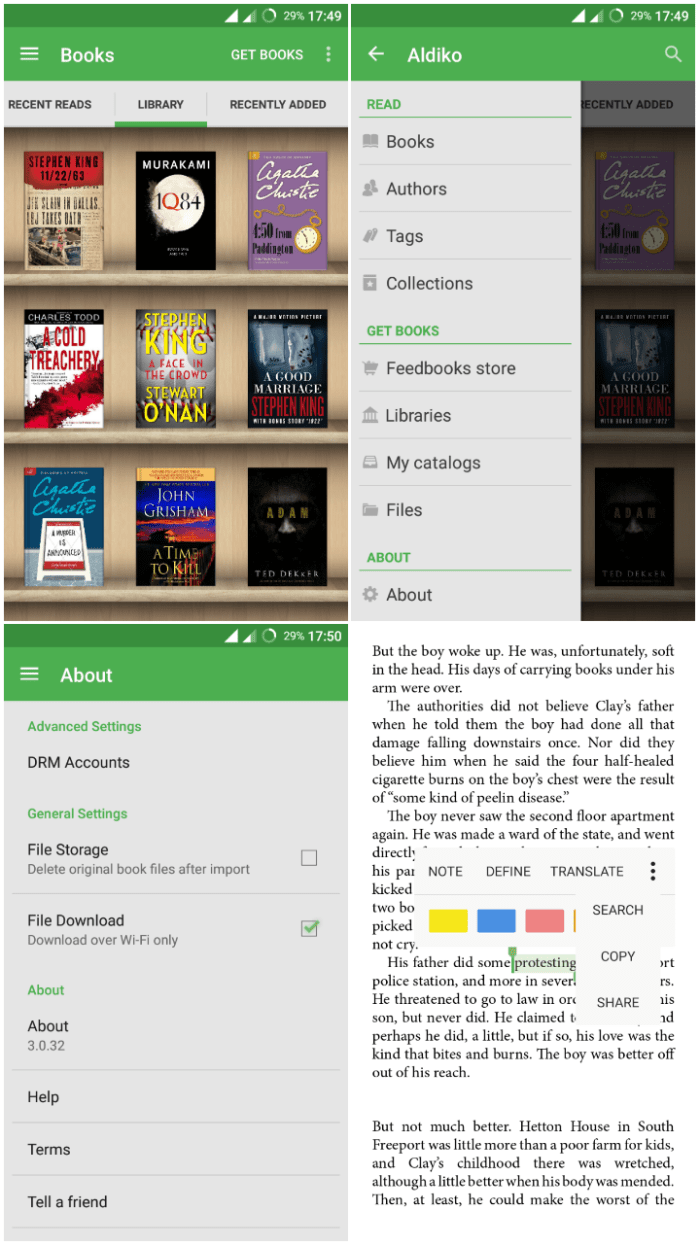

- BOOKREADER ADVANCE PDF
- BOOKREADER ADVANCE ANDROID
- BOOKREADER ADVANCE SOFTWARE
- BOOKREADER ADVANCE DOWNLOAD

While these files may not be considered e-books in their strict sense, they preserve the original look of printed editions. This opens a possibility to read publications originally published on paper and later scanned into a digital format.
BOOKREADER ADVANCE PDF
Many tablet-based and smartphone-based readers are capable of displaying PDF and DJVU files, which few of the dedicated e-book readers can handle.
BOOKREADER ADVANCE ANDROID
Many Android tablets accept external media and allow uploading files directly onto the tablet's file system without resorting to online stores or cloud services. Unlike previous dedicated e-readers, tablet computers are multi-functional, utilize LCD touchscreen displays, and are more agnostic to e-book vendor apps, allowing for the installation of multiple e-book reading apps. The iPad, the first commercially profitable tablet, was followed in 2011 by the release of the first Android-based tablets as well as LCD tablet versions of the Nook and Kindle. The iPad includes a built-in app for e-book reading called iBooks and had the iBookstore for content sales and delivery. launched a multi-function tablet computer called the iPad and announced agreements with five of the six largest publishers that would allow Apple to distribute e-books. According to an IDC study from March 2011, sales for all e-readers worldwide rose to 12.8 million in 2010 48% of them were Amazon Kindles, followed by Barnes & Noble Nooks, Pandigital, and Sony Readers (about 800,000 units for 2010).

The survey, carried out by Silver Poll, found that around 6% of people over 55 owned an e-reader, compared with just 5% of 18- to 24-year-olds. Research released in March 2011 indicated that e-books and e-readers were more popular with the older generation than the younger generation in the UK. As of 2021, a few color E-ink readers have been introduced into the market. The Ectaco jetBook Color was the first color e-reader on the market, but its muted colors were criticized. By March 2010, some reported that the Barnes & Noble Nook may have been selling more units than the Kindle in the US. In the United States, as of September 2009, the Amazon Kindle model and Sony's PRS-500 were the dominant e-reading devices. E-books (as opposed to e-readers) had yet to achieve global distribution. The Kindle includes access to the Kindle Store for e-book sales and delivery.Īs of 2009, new marketing models for e-books were being developed and a new generation of reading hardware was produced. Electronic paper was incorporated first into the Sony Librie that was released in 2004 and Sony Reader in 2006, followed by the Amazon Kindle, a device which, upon its release in 2007, sold out within five and a half hours. Several others were introduced around 1998, but did not gain widespread acceptance. Among the first commercial e-readers were Sony's Data Discman (which was using Mini CDs with special caddies) and the Rocket eBook. The establishment of the E Ink Corporation in 1997 led to the development of electronic paper, a technology which allows a display screen to reflect light like ordinary paper without the need for a backlight. He envisioned that eventually words could be "recorded directly on the palpitating ether". His hypothetical machine would use a microfilm-style ribbon of miniaturized text which could be scrolled past a magnifying glass, and would allow the reader to adjust the type size. History Īn idea similar to that of an e-reader is described in a 1930 manifesto written by Bob Brown titled The Readies, which describes "a simple reading machine which I can carry or move around, attach to any old electric light plug and read hundred-thousand-word novels in 10 minutes".

However, the use of memory cards is decreasing as most of the 2010s era e-readers lack a card slot.
BOOKREADER ADVANCE DOWNLOAD
An e-reader may also download e-books from a computer or read them from a memory card.
BOOKREADER ADVANCE SOFTWARE
Many e-readers can use the internet through Wi-Fi and the built-in software can provide a link to a digital Open Publication Distribution System (OPDS) library or an e-book retailer, allowing the user to buy, borrow, and receive digital e-books. The Sony Librie, released in 2004 and the precursor to the Sony Reader, was the first e-reader to use electronic paper. The absence of such apps may be perceived as an advantage, as the user may more easily focus on reading. Drawbacks of this kind of display include a slow refresh rate and (usually) a grayscale-only display, which makes it unsuitable for sophisticated interactive applications as those found on tablets. This yields much longer battery life - the battery can last for several weeks - and better readability, similar to that of paper even in sunlight. It is similar in form factor to a tablet computer, but often features electronic paper rather than an LCD screen. An e-reader is a device designed as a convenient way to read e-books.


 0 kommentar(er)
0 kommentar(er)
